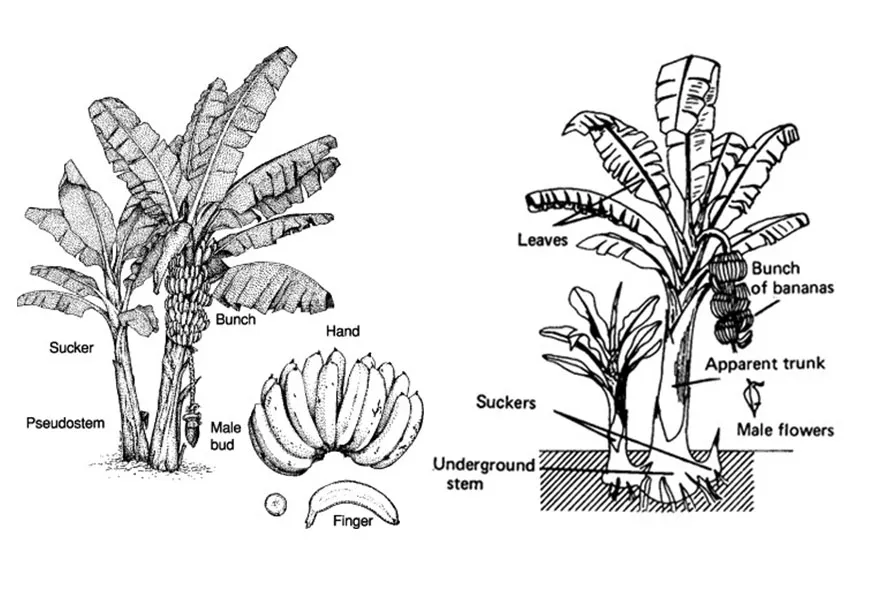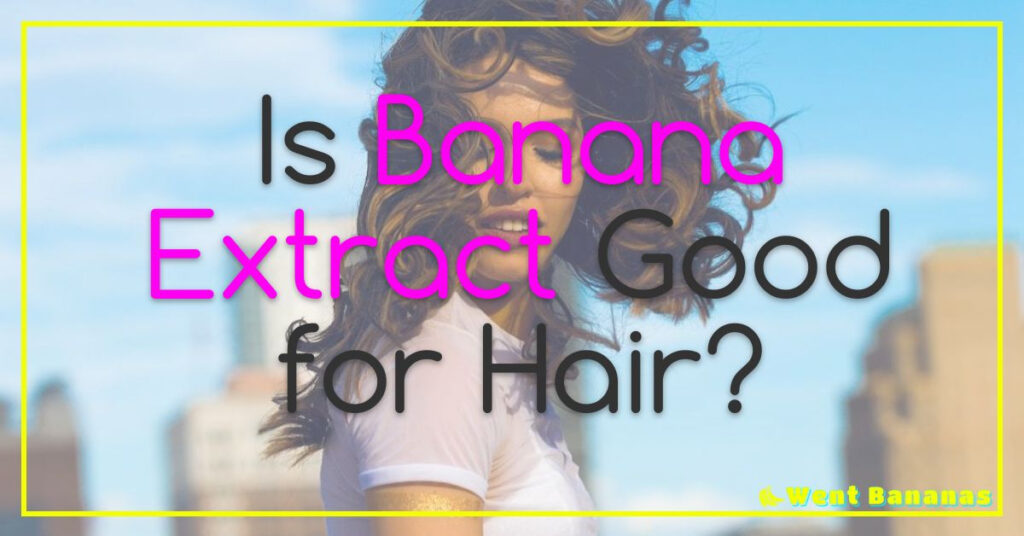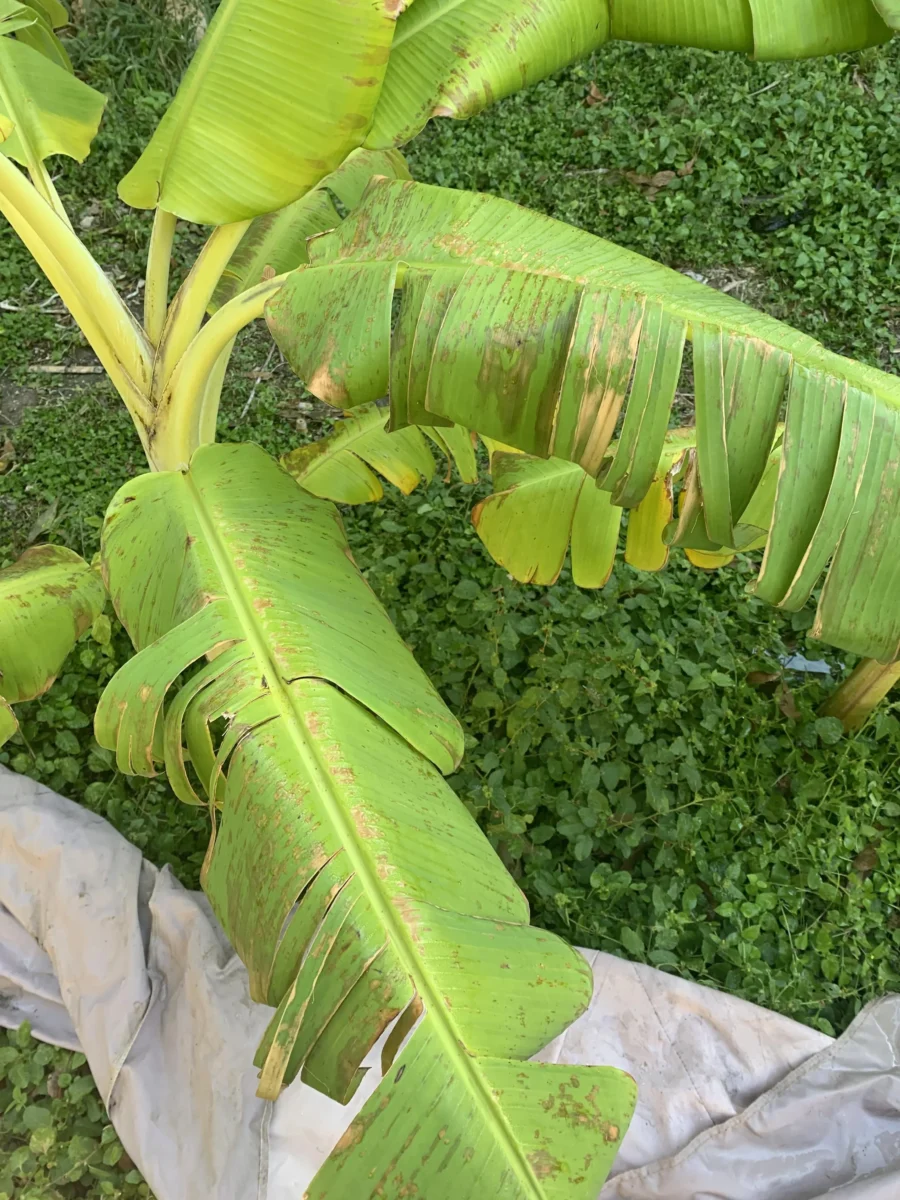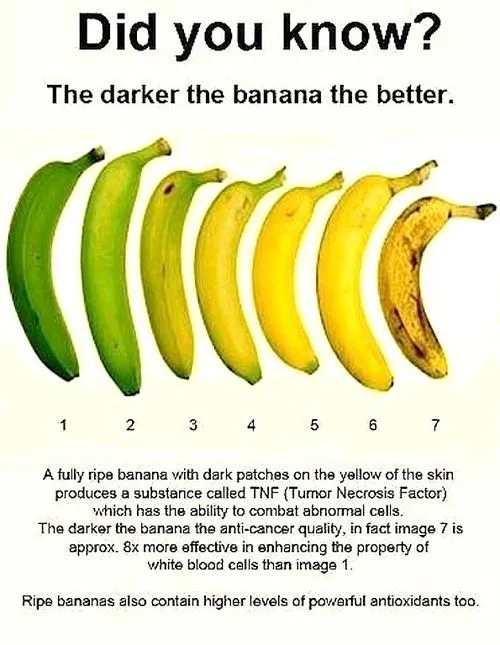Banana trees are fascinating plants that have been cultivated for thousands of years. However, many people are not aware of the different parts of a banana tree and their functions. In this article, we will delve into the world of banana trees and explore the various parts that make up this tropical plant.

We will cover everything from what a banana tree is to how to identify the different parts of a banana tree. Additionally, we will discuss the uses and benefits of each part, so that you can fully appreciate the potential of this versatile plant.
Whether you’re a curious banana lover or simply interested in learning more about the natural world, this article has something for you. So, let’s get started! Continue reading to learn more about the parts of a banana tree.
What is a banana tree?

Banana trees are a fascinating plant species that have been cultivated for thousands of years. Contrary to what many people believe, they are not actually trees but rather large herbs that grow up to 30 feet tall. These plants are native to tropical regions and require a warm and humid climate to thrive.
The banana tree is characterized by its large, paddle-shaped leaves that can grow up to 9 feet long and 2 feet wide. The trunk of the tree is not made of wood but rather layers of overlapping leaf sheaths that form a sturdy stem-like structure. The fruit of the banana tree grows in clusters called hands, with each hand containing between 10 and 20 individual bananas.
Despite their popularity as a food source, bananas are also used in other industries such as textiles, paper production, and medicine. The fibers from the leaves can be used to create fabrics while the sap from the trunk has medicinal properties.
It is important to note that while bananas may be easy to find at your local grocery store, they require specialized care when grown on a larger scale. Proper soil conditions, irrigation systems, and pest management strategies must all be considered when cultivating this valuable crop.
In conclusion, while many people may view banana trees simply as a source of delicious fruit, they have much more complex characteristics than meet the eye. Whether you’re interested in agriculture or simply curious about this fascinating plant species, there’s always something new to learn about these tropical wonders.
The different parts of a banana tree and their functions.
Banana trees are fascinating plants that have numerous parts, each with its own unique function. Let’s take a closer look at some of these parts and their roles in the life of a banana tree.
Starting from the top, the first part of a banana tree is its leaves. These large, broad leaves are essential for photosynthesis – the process by which plants convert sunlight into energy. As such, they are vital to the growth and development of the plant.
Next up is the stem or pseudostem, which is actually made up of several layers of tightly packed leaf sheaths. This structure provides support for the plant as it grows taller and produces fruit.
The inflorescence – or flower cluster – comes next in line. This part of the banana tree contains both male and female flowers that eventually develop into bunches of bananas.
As for those delicious bananas themselves? They start out as tiny green buds that grow from each flower on the inflorescence. Over time, these buds slowly develop into individual fingers or clusters that we know and love.

Finally, there’s one more important part to mention: suckers. These small shoots grow around the base of an established banana tree and can be used to propagate new plants.
So there you have it – a brief overview of some key parts of a banana tree and what they do! Whether you’re interested in growing your own bananas or just curious about this amazing fruit plant, understanding these different components can deepen your appreciation for all that goes into producing this beloved tropical treat.
How do I identify the different parts of a banana tree?
Banana trees are fascinating plants that offer a multitude of benefits. To fully appreciate and utilize these benefits, it is essential to be able to identify the different parts of a banana tree.
Firstly, the trunk or pseudostem of a banana tree is what gives it its height and structure. This sturdy stem is made up of tightly packed layers of leaf stalks that provide support for the leaves and fruit.
The leaves themselves are another important part of the banana tree. They are large, broad, and elongated with prominent veins running through them. These leaves can grow up to 9 feet long and 2 feet wide, providing ample shade for the fruit clusters beneath them.
Next comes the heart or corm of the banana plant. This underground stem produces new shoots which will eventually grow into new plants. The corm also stores nutrients that help feed the growing plant.

« if banana is apple apple is grapes
The Ultimate Guide to Knowing When Your Banana Bread is Done: Tips and Tricks for Perfect Baking! »
Of course, we cannot forget about the main attraction – bananas! The fruit grows in clusters called hands which hang from branches on top of each pseudostem. Each hand can contain between 10-20 individual bananas depending on species and growing conditions.
Lastly, we have flower buds which develop into inflorescences or groups of flowers at the end of each branch on top of each pseudostem. These flowers eventually produce fruit as they mature over time.
By understanding these different parts, people looking to learn more about bananas can gain a deeper appreciation for this versatile plant’s intricacies while also being better equipped to cultivate them effectively for maximum yield and health benefits.
The uses and benefits of each part of a banana tree are.
Bananas are a staple fruit worldwide, but did you know that every part of the banana tree can be put to use? From the leaves to the trunk, each part serves a unique purpose and offers various benefits.
Starting at the top, banana leaves are used for cooking and serving food in many cultures. They are also used for wrapping food during storage or transport. The leaves contain polyphenols which have been shown to have antioxidant properties.
Moving down to the stem or pseudostem of the banana plant, it is commonly used as a source of fiber in textiles and paper products. It can even be processed into a natural dye for fabrics. Additionally, studies have found that extracts from banana stems possess anti-inflammatory and anti-cancer properties.
The heart of the banana plant is considered a delicacy in some parts of Southeast Asia and South America. It can be eaten raw or cooked like a vegetable and has been shown to contain high levels of potassium, fiber, vitamin C, and vitamin B6.
Next up is the fruit itself – we all know how delicious bananas can be! They are an excellent source of nutrients such as potassium, vitamin C, vitamin B6, dietary fiber among others. Bananas also contain antioxidants that help protect our cells from damage caused by free radicals.
Finally comes the trunk or corm which is often discarded after harvesting bananas but has great potential as animal feed due to its high nutrient content. Additionally studies suggest that extracts from corms may possess antimicrobial activity against harmful bacteria such as E.coli.

In conclusion every part of a banana tree offers unique uses and benefits making it not just an important food crop but also an important
Check out our other articles to find out even more about banana.
We hope this article has helped you learn more about the parts of a banana tree and their important functions. From flowers, to leaves, to fruit – each piece of a banana tree serves an essential purpose. To further explore other aspects of bananas and how they can enhance your lifestyle, be sure to check out our other articles!










